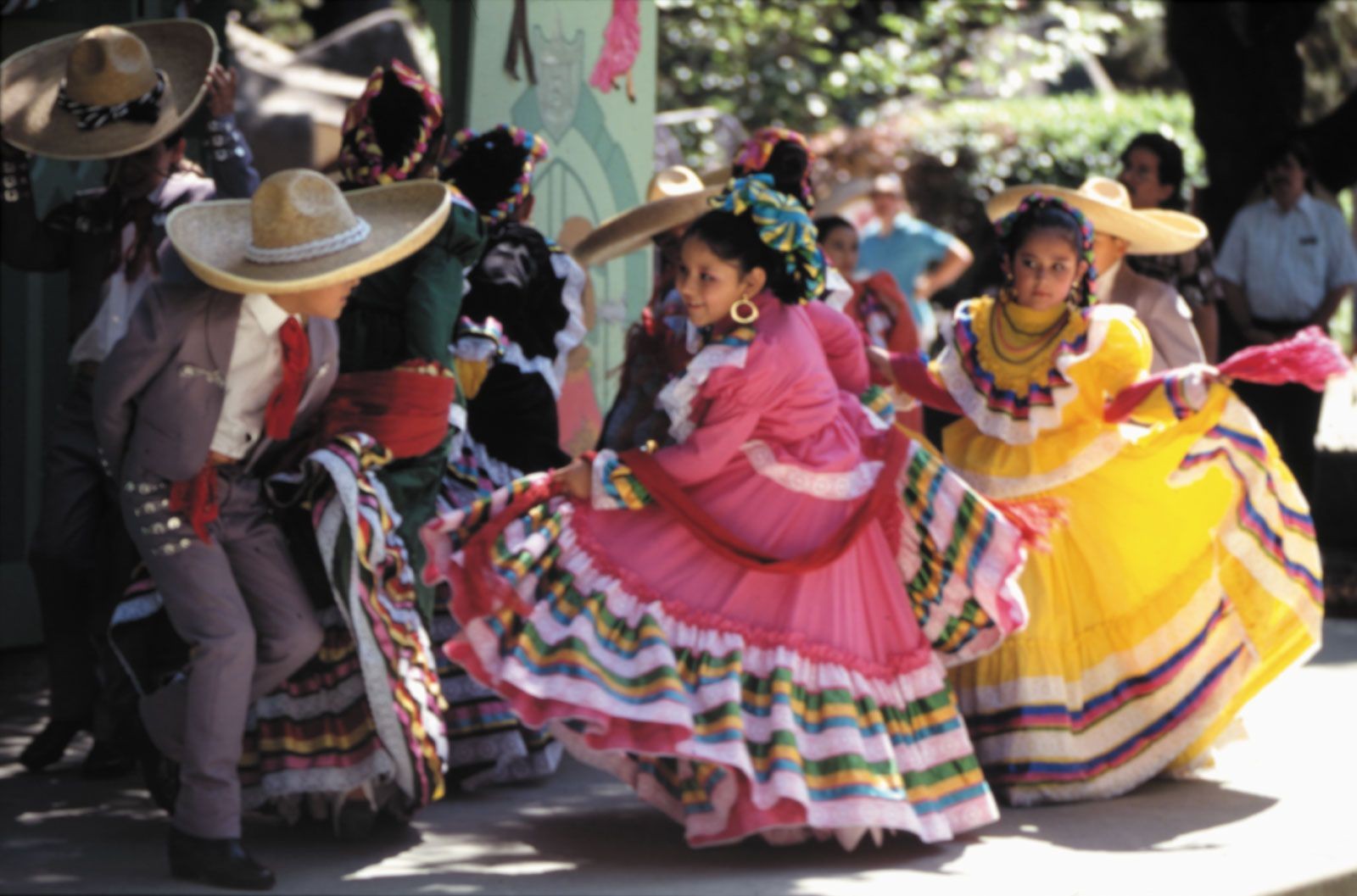Cinco de Mayo, often mistaken for Mexican Independence Day, is a holiday observed in both Mexico and the United States. It’s a day filled with vibrant celebrations, parades, and cultural expressions, but its roots lie in a significant historical event: a remarkable Mexican military victory in 1862. But why is Cinco de Mayo celebrated, and what makes this particular date so important? The answer lies in understanding a pivotal moment in Mexican history when courage and determination triumphed against overwhelming odds.
To understand why Cinco de Mayo is celebrated, we need to delve into the historical context of 19th-century Mexico. In 1861, facing severe financial strain, Mexico declared a moratorium on the repayment of foreign debts. This decision led to intervention from European powers, including England, Spain, and France. While England and Spain eventually withdrew, France, under Napoleon III, saw an opportunity to expand its influence in North America. France, backed by wealthy Mexican conservatives, aimed to establish a monarchy in Mexico under Maximilian of Austria, effectively challenging the growing power of the United States.
The core reason Cinco de Mayo is celebrated is to commemorate the Battle of Puebla on May 5, 1862. Against the backdrop of French invasion, the Mexican army, under the leadership of General Ignacio Zaragoza, faced a formidable French force at Puebla, a city southeast of Mexico City. Despite being outnumbered and less equipped, the Mexican soldiers, largely composed of mestizos and Zapotec people, achieved an unexpected and decisive victory. Approximately 1,000 French soldiers perished in the battle.
Although the French occupation of Mexico continued for another five years, the victory at Puebla became a powerful symbol of Mexican resistance against foreign intervention and domination. It boosted Mexican morale and demonstrated the nation’s resolve to maintain its sovereignty. The city of Puebla was later renamed Puebla de Zaragoza in honor of the general and the historic battle. Today, Puebla is the heart of Cinco de Mayo celebrations in Mexico, hosting parades, speeches, and reenactments of the famous battle.
In the United States, Cinco de Mayo took on a different, yet equally significant, meaning, particularly in the mid-20th century. It became a way for Mexican immigrants to celebrate and take pride in their Mexican heritage. Over time, Cinco de Mayo celebrations in the U.S. grew, sometimes fueled by commercial interests and the promotion of Mexican beverages. While these celebrations have been criticized for occasionally perpetuating stereotypes or promoting excessive drinking, they also serve as a widespread recognition of Mexican culture and its contributions.
It’s crucial to remember that Cinco de Mayo is not Mexican Independence Day, which is celebrated on September 16th. Mexican Independence Day marks the start of Mexico’s fight for independence from Spain in 1810. Cinco de Mayo, on the other hand, is specifically about commemorating the Battle of Puebla and the spirit of Mexican resilience against foreign aggression in 1862.
In conclusion, Cinco de Mayo is celebrated to remember and honor the Battle of Puebla. This victory, though not a turning point in the overall war against France, stands as a potent symbol of Mexican courage, unity, and the determination to defend their nation against foreign powers. Whether celebrated in Puebla with historical reenactments or in the United States with cultural festivities, Cinco de Mayo serves as a reminder of a significant moment in Mexican history and a celebration of Mexican heritage and pride.
